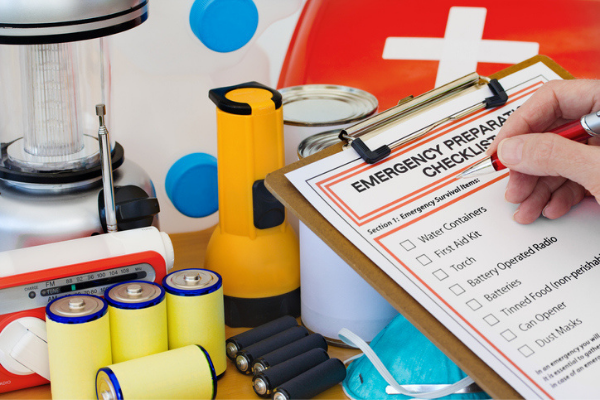
You may not have thought about it much, but everyone’s use of safe practices probably began as a child. Your family taught you to look both ways before crossing the street, not to run with scissors, and to wash our hands. Those early safety lessons have become extremely important. We are now bombarded with how to properly wash our hands, music to wash our hands by, instructed as to how to properly sneeze or cough, and even how to practice proper technique for shutting off the faucet. While we may be more aware of these activities, these aren’t anything new and should have already been part of our normal practice.
Yet, as we move through the education system and move into the workplace, safety practices and procedures seem to be viewed as a hindrance and extra workload. There is that daily safety briefing we have to get through before we can start our day. There is that safety checklist that has to be completed before we can perform that task or experiment. There is that safety class that we must attend before we are allowed to enter the facility. We tend to take a negative view of these activities, but what if we changed our thinking.
The daily safety briefing is just part of the daily meeting to gather everyone to review the tasks that need to be completed, identify the equipment required including the proper safety gear, the proper environmental containment, actions that might be taken in case of an emergency, etc. It isn’t an add-on, but it is a review to make the day more efficient. It allows for a review of the key tasks, and an assessment of the readiness to perform the tasks. The safety checklist is just a tool that again allows the person doing the work to stop and assess the current situation, review the materials, and highlights areas that may need a bit more consideration. Even if the task has been done a hundred times, what is different about today that may cause a hiccough in the performance of the work? Did it rain overnight, which resulted in a sewer backup? Did the “just in time delivery” of key equipment get delayed? Or, when you thought you had a full box of gloves, open it to find that they have been compromised at the warehouse by a family of mice?
How many times have we approached a task, only to find that we weren’t really prepared to perform it? Many examples are likely to readily come to mind. You start to make a meal only to find that you don’t have a key ingredient. You sit down to compile the report, only to find that a critical piece of data is missing. You start to hang a picture in the office or at home, only to realize that you don’t have the proper tool or hanger. Safety, safety equipment, and preparation for a potential mishap is just part of the task to be performed. It is not something that should be viewed as extra or hindrance.
We are in the process of fundamentally changing our approaches to how we work, interact, and how we live our daily lives. This makes it a perfect time to reflect on our attitudes about how we approach the multitude of tasks. It is a great time to change our thinking and incorporate safety as part of the way of doing things, not as something extra.
Copyright 2022 American Chemical Society (All Rights Reserved)









